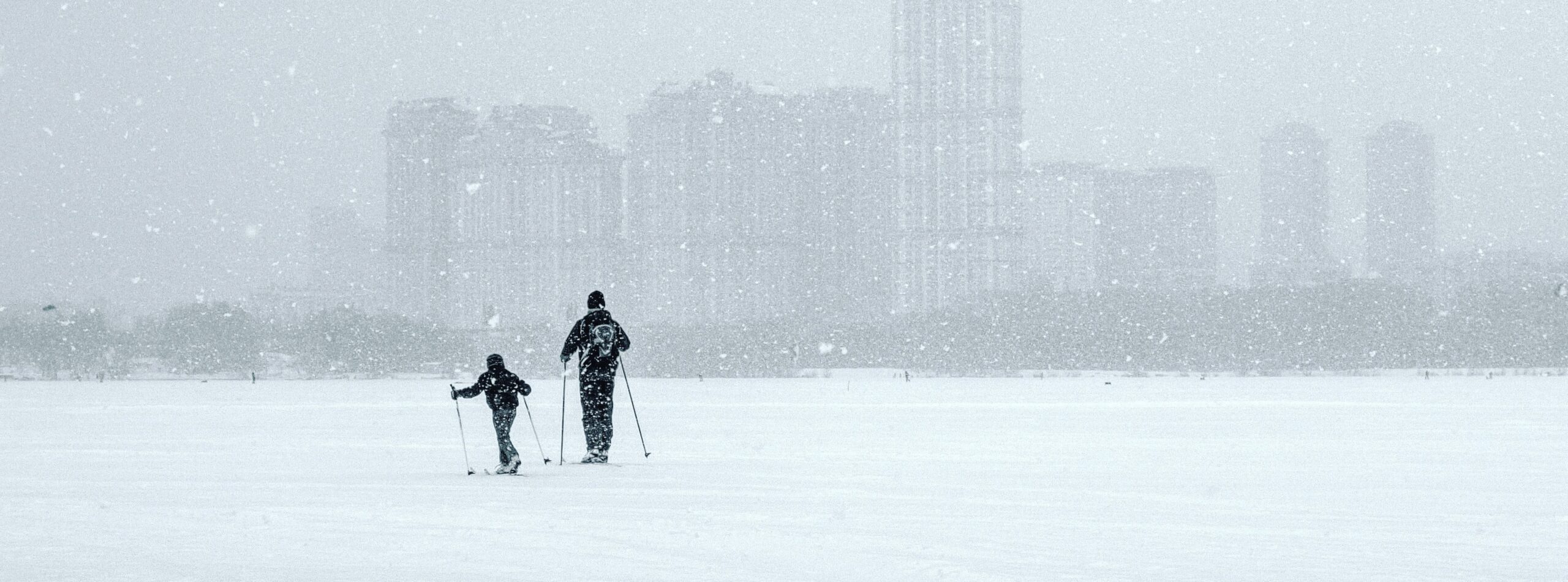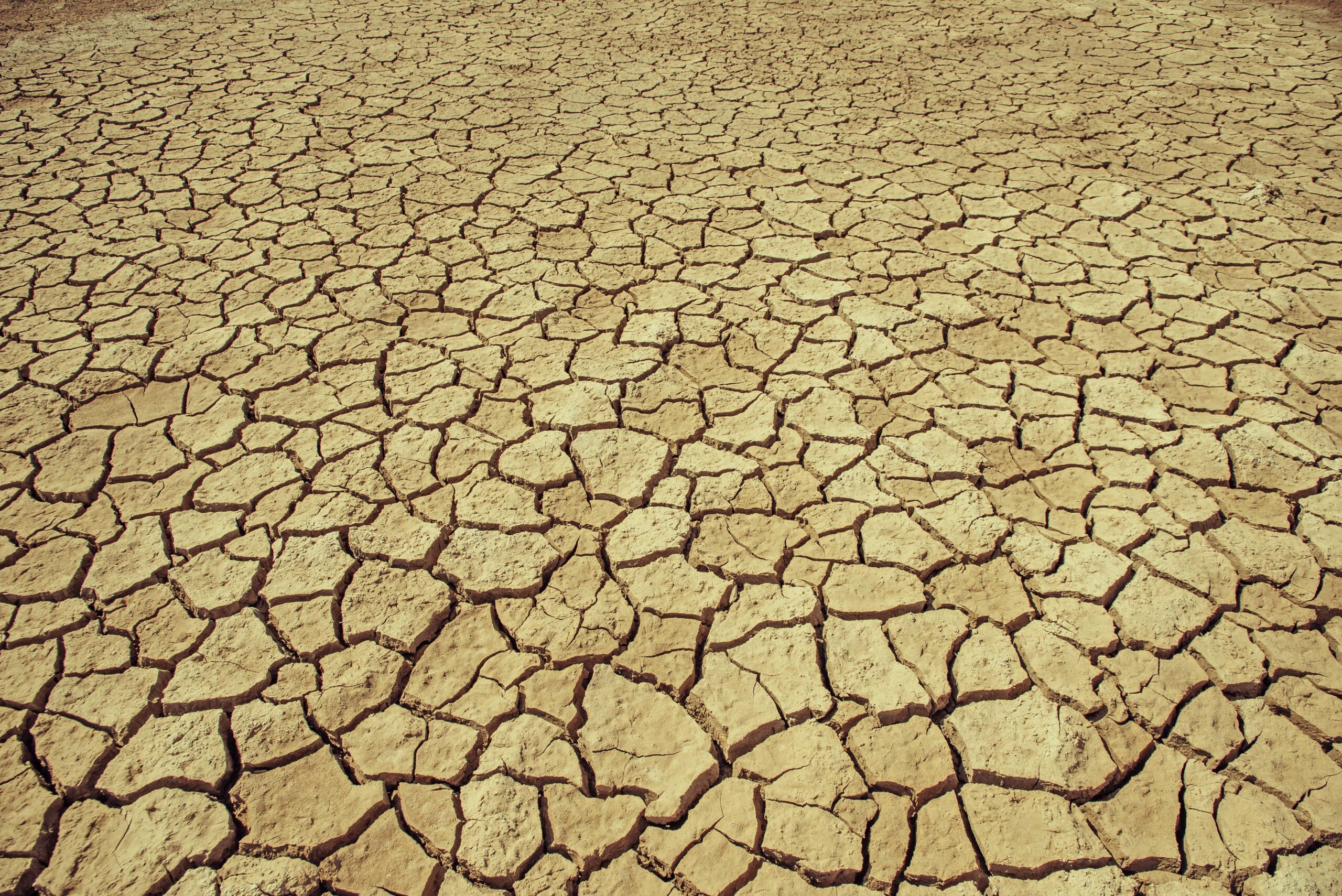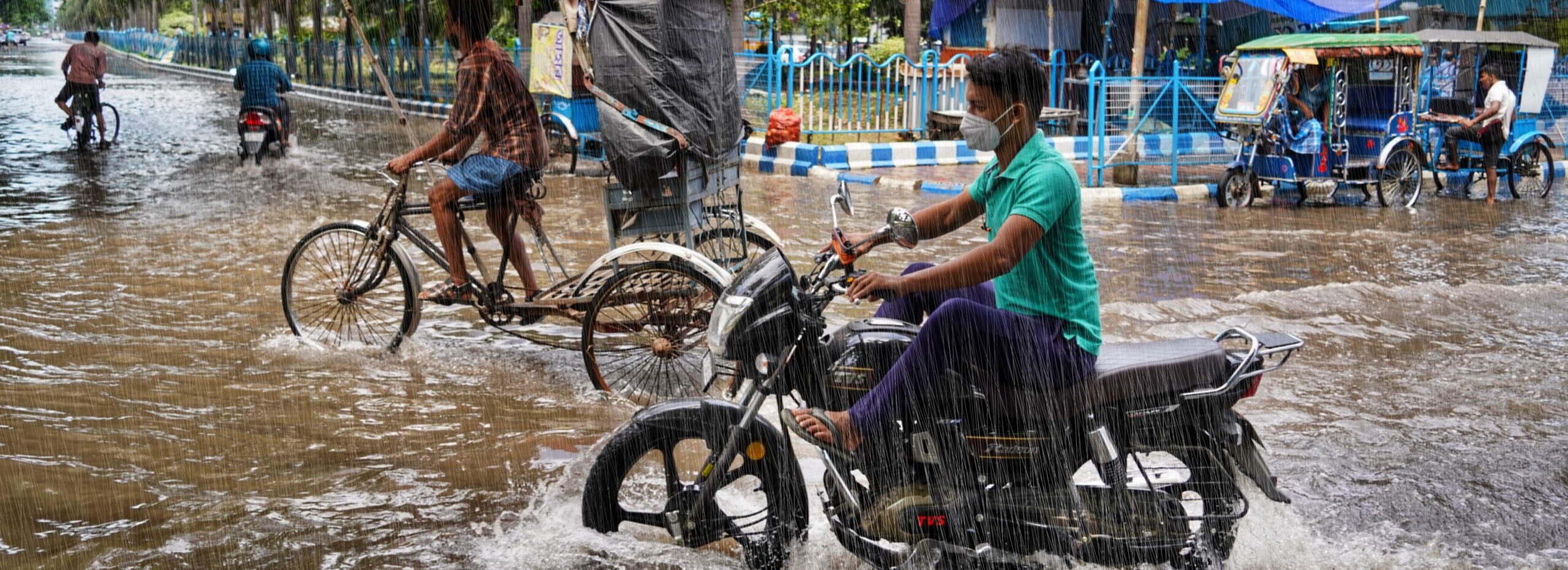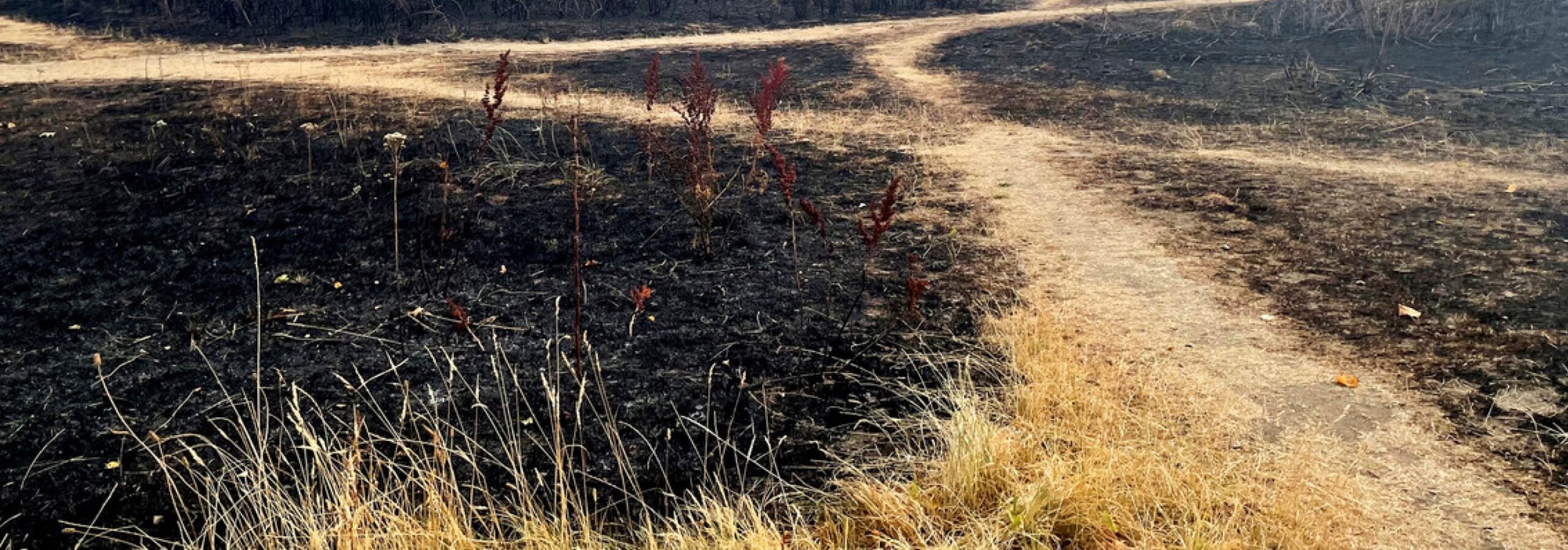Based on the synthesis of two independent peer-reviewed approaches, they conclude that heat waves like this now occur twice as often over a large part of Europe, and four times more often in some of the hottest cities. The results are a part of the developing field of “weather attribution” that uses observational weather and climate data, weather forecasts and climate models.
In recent years, more and more “event attribution analyses” have appeared in the scientific literature (see 2014 BAMS Special Report). This current analysis however, was conducted in real-time, providing results as the heat wave unfolded, but is still based on peer-reviewed scientific methods.
It is widely accepted that climate change will increase the overall frequency, intensity and duration of heatwaves (Meehl and Tebaldi, 2004; IPCC, 2014). The field of extreme event attribution aims to analyse individual weather events (Stott et al., 2004). In the case of the ongoing heatwave in Europe, Climate Central convened an international team of scientists from the University of Oxford, KNMI, Red Cross Red Crescent Climate Centre, along with regional partners from CNRS (France), DWD (Germany), and MeteoSwiss.
The team looked specifically at several European cities (De Bilt in The Netherlands, Madrid, Mannheim in Germany, Beauvais (near Paris), and Zürich in Switzerland). For the purposes of this analysis, the heatwave was defined as the average of the maximum temperatures over 3 consecutive days. (Heat wave definitions vary from country to country. This definition has been shown to be a good measure of the impacts, notably on health.)
Scientists from the team conducted a two-phased analysis. First, they did a preliminary analysis of the annual maximum of 3-day maximum temperature based on observations up to July 1 and forecasts up to July 5. (This initial analysis was released July 2, link provided below). The analysis was then redone using observations up to July 6, by which time the heat wave had subsided over most of Europe. It is important to note the difference in results between the first phase of this analysis and the updated version using observations. The increases in likelihood are in good overall agreement for each of the 5 cities. Return time agreement was also good for the stations in the west where the majority of the heat wave had already occurred (i.e., Madrid) or was occurring (i.e., De Bilt). However, the return times changed substantially in the eastern stations where the peak of the heat wave was up to five days into the future (at the time the first analysis was done). The table below shows how the forecast temperatures for each city verified with observations.
The scientists used two independent methods in this analysis, allowing for a more robust assessment of a confidence level. In one method, a statistical analysis of observational records was performed (using the KNMI Climate Explorer) to compare this summer’s heat with summers during the early part of the century, before global warming played a significant role in our climate. This approach found that, in all 5 cities analyzed, climate change at least quadrupled the chances of seeing a heat wave like the current one. This also means that what used to be very rare events are now happening more frequently.
It is important to note that this statistical method only detects trends and cannot attribute the trends to specific causes. For this reason, models are an important additional attribution tool.
The second method, conducted by Oxford, uses a large computing network (weather@home) to simulate the likelihood of seeing days as hot as as those Europe has been experiencing over the past week. At the same time, Oxford also simulated a summer without human-influenced climate change. Comparing those two “worlds,” they found that in 3 of the 5 cities analyzed, the current conditions now occur at least twice as often due to climate change. The model does not include the urban effects that are included in the trend in the observations of urban stations calculated with the KNMI Climate Explorer.
“The regional weather@home model serves as a nice way to do an independent check on the observational analysis,” said Oxford’s team lead Friederike Otto. “Think of the combined results as a good first step toward answering the climate question.” In this case the Oxford team was a bit limited because the observed sea surface temperatures that drive the model are not yet available. Instead, the summer of 2014 was used as a proxy. The team felt the choice was solid because the influence of the exact sea surface temperatures on summer temperatures in Europe is small compared to the overall effect of global warming.

Results
De Bilt
The trend analysis of the observational data shows that a 3-day period as hot as experienced over this past week is now roughly 7 times more likely to occur than it was around 1900. The return time is now roughly every 3 years whereas it was roughly every 20 years around 1900. (Note: The return time provides an indication of how rare the event is.) Using the weather@home model, scientists estimate that climate change has made the observed heat wave almost 2 times more likely to occur. This means that what would have been a 1-in-7 year event in the world without climate change is now a 1-in-4 year event. The difference between the methods is due to that fact that the model shows a slower warming rate than the observations.

Madrid (Barajas station at Madrid Airport)
The trend analysis of the observational data shows that a 3-day period as hot as experienced over this past week now occurs about 4 times more often than around 1950. The return time is now roughly every 5 years whereas it was roughly every 20 years around 1950. Using the weather@home model, scientists estimate that climate change has made the observed heat wave 5 times more likely to occur. In other words, what was once a 1-in-100 year event in the world without climate change, is now a 1-in-20 year event. Although the model return times are higher than the observations indicate, there is good agreement on the increase in heat waves between the observations and the model. (Note: We used Barajas station at the Madrid Airport for the updated analysis rather than Retiro station which was used in the preliminary analysis, given Retiro is located in a city park, where local changes, e.g., in building density and lawn watering, may have caused part of the temperature trend.)

Mannheim
The trend analysis of the observational data shows that the heat wave was a rare event even in the current climate. A 3-day period as hot as experienced over the past week is now roughly 8 times more likely than it was in the 1930s. The return time is now about every 30 years whereas it was roughly every 240 years around 1930. Using the weather@home model, scientists estimate that climate change made the observed heat wave almost 4 times more likely to occur. Or, what was a 1-in-130 year event in a world without climate change is now a 1-in-36 year event. Although the observed trend is again stronger than the modeled one, these results agree within the uncertainty ranges.

Beauvais-Tille
Beauvais-Tille is a town 80 km north of Paris, far beyond the suburbs with a good series of observations without urban effects. The trend analysis of the observational data shows that a 3-day period as hot as experienced over this past week is now roughly 4 times more likely than it was around 1950. The return time is now roughly every 3 years whereas it was roughly every 10 years around 1950. The weather@home model computes that climate change has made the observed heat wave 35% more likely to occur. Or, what is a 1-in-2.6 year event now would have been a 1-in-3.5 year event in the world without climate change. While the estimates of the rarity of the event agree well between the two approaches, the temperature of hottest days has increased more in the observations than in the model, hence the model computes only a 35% increase in likelihood.

Zürich
We used the homogenized daily time series of MeteoSwiss. The trend analysis shows that a 3-day period as hot as experienced over the past week is now roughly 8 times more likely than it was around 1900. The return time is now roughly every 13 years whereas it was roughly every 100 years around 1900. Using the weather@home model, scientists estimate that climate change has made the observed heat wave about 3 times more likely to occur. What would have been a 1-in-40 year event in a world without climate change is now a 1-in-15 year event.

3-day maximum temperatures
| Location | 3-day Max obs/fx (July 2) | Date | 3-day max obs (July 7) | Date |
|---|---|---|---|---|
| De Bilt | 31.9°C | July 2–4 | 31.8°C | July 1–3 |
| Madrid (diff. station) |
39.6°C | June 28-30 | ||
| Mannheim | 37.0°C | July 2-4 | 38.0°C | July 3-5 |
| Beauvais-Tille | n/a | n/a | 33.2°C | July 1-3 |
| Zurich | 35.4°C | July 4-6 | 34.0°C | July 3-5 |
“There is a strong upward trend in 3-day maximum temperatures over the area affected by this heat wave,” said Geert Jan van Oldenborgh, a climate scientist at KNMI. “The trend is clear both in station data and in reanalysis data.” A statistical analysis of the observations shows that the probability of observing such a heat wave has more than doubled over the past 37 years in most of the affected region. In the selected cities the increase is even stronger.
Results
European heatwaves in 2003 and 2006 had major impacts, especially among vulnerable groups such as the elderly in urban areas. Excess mortality due to the 2003 heatwave was estimated in the tens of thousands. In 2006, the Netherlands made it into the global top 5 of most deadly disasters. Maarten van Aalst, director of the Red Cross Red Crescent Climate Centre said, “too often, people are still caught unawares by the rising risks. It’s essential to provide clear information on the risks and how they can be managed, often by simple measures such as drinking enough water, or checking to make sure your older neighbors are safe.”
The methodology used in these two approaches is drawn from peer reviewed literature. For more details on each approach please refer to the Methodology outlined for our previous analysis on the record heat in Europe in 2014.
NOTE: An initial analysis using a combination of forecast and observational temperature data was posted on July 2, 5:00 EDT. See the PDF for initial observational/forecast analysis. The update presented here incorporates the latest available observational data.
References
IPCC (2014): Fifth Assessment Report. Cambridge University Press.
Meehl, G.A. and Tebaldi, C. (2004) More intense, more frequent, and longer lasting heatwaves in the 21st century. Science, 305: 994-997. doi: 10.1126/science.1098704
Stott, P.A., Stone, D.A., and Allen, M.R. (2004) Human contribution to the European heatwave of 2003. Nature, 432: 7017. doi: 10.1038/nature03089





